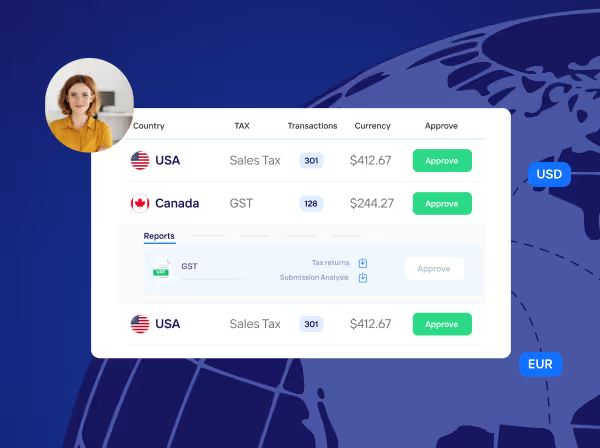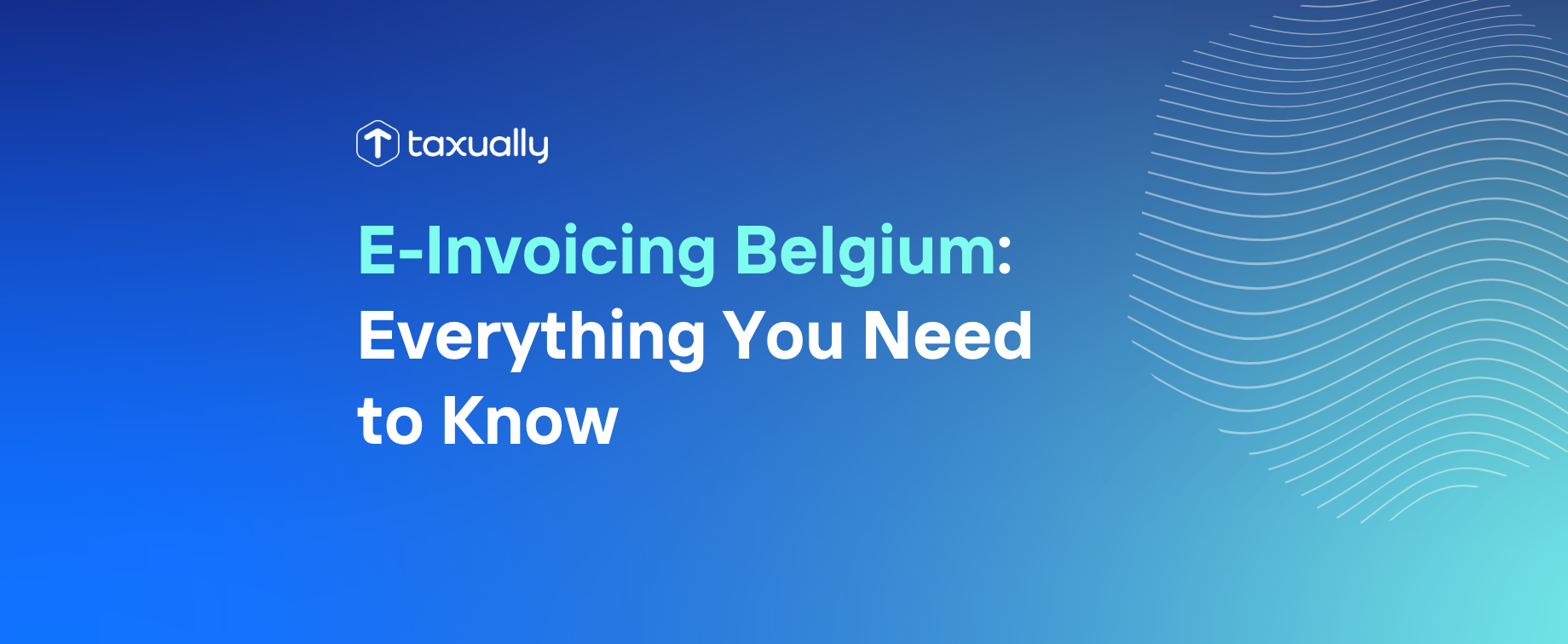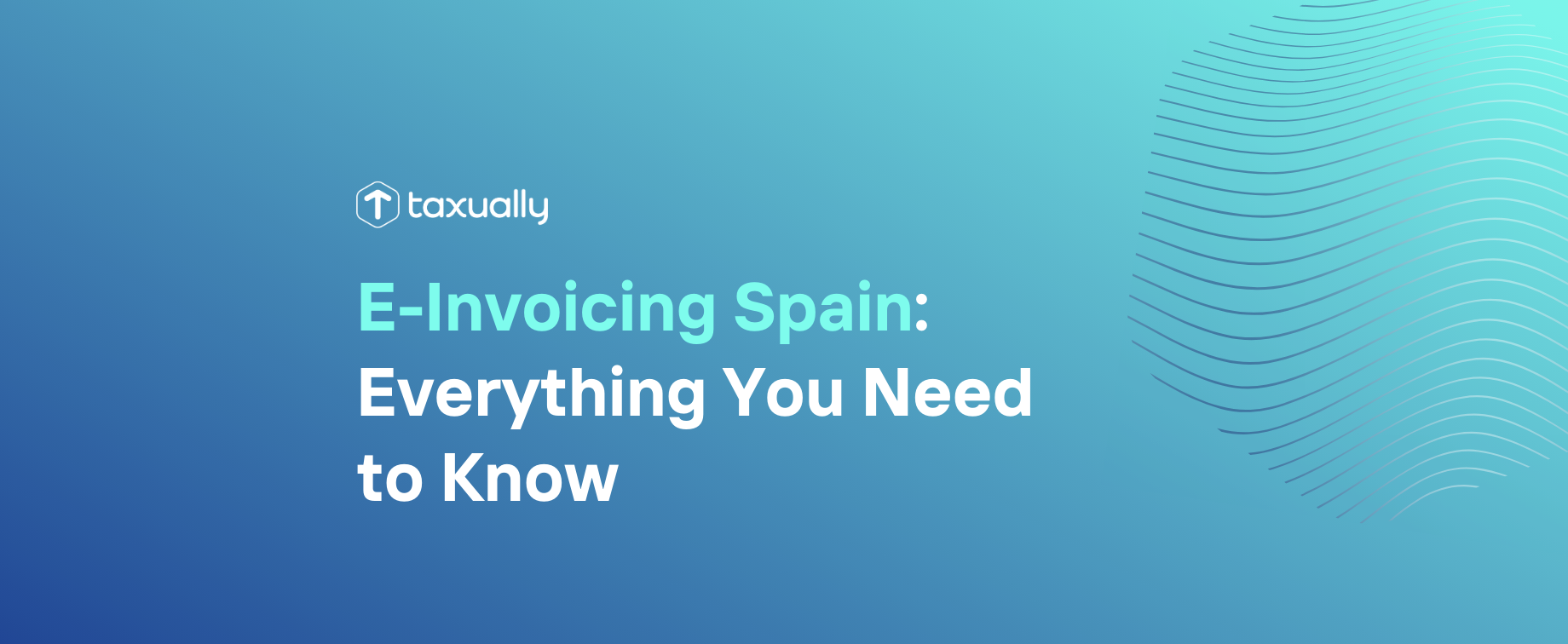Key takeaways
- Making Tax Digital (MTD) is an ambitious initiative to simplify tax management for individuals and businesses.
- It offers numerous benefits such as streamlining processes, improved integration with accounting software, and increased accuracy.
- Businesses must understand the key components of MTD including digital record keeping, compatible software, and regular updates in order to remain compliant with regulations.
Are you a UK business owner or self-employed individual grappling with the complexities of tax management? The UK government introduced Making Tax Digital (MTD) in 2019 to simplify VAT processes, increase productivity, and reduce errors. This game-changing initiative has transformed the way businesses handle their tax affairs, making it more efficient and user-friendly.
In this post, we examine the various aspects of MTD, including eligibility criteria, requirements, deadlines, VAT software selection, and more.
Understanding Making Tax Digital (MTD)
Making Tax Digital (MTD) is a system designed to revolutionise the tax system by streamlining tax processes, enhancing productivity, and minimising errors through integration with Making Tax Digital software.
This ambitious initiative aims to simplify tax management for individuals and businesses, integrating tax processes with various business operations through tax digital compatible software, and promoting digitalisation to enhance productivity for businesses.
The benefits of MTD
Imagine a world where tax processes are simplified, errors are minimised, and productivity is enhanced. That’s exactly the world MTD envisions. The advantages of MTD include streamlined tax processes, better integration with accounting software, and improved accuracy.
When digital records and software products are equipped with features like bank account integration, financial management becomes seamless, leading to higher accuracy and reduced tax gaps. Evidence from HMRC suggests that MTD has indeed contributed to reducing the tax gap.
Key components of MTD
MTD hinges on three fundamental components: digital record-keeping, compatible VAT software, and regular tax updates. Businesses are obligated to maintain digital records of their financial transactions and submit them to HMRC through MTD-compatible software, starting from the VAT period in which they're required to comply with MTD.
Businesses must utilise digital links to interconnect disparate components of their records, such as invoices and receipts, to guarantee accuracy and completeness. Businesses must also adhere to the requirement of submitting their tax returns online using MTD-compatible software.
MTD for VAT: a streamlined approach to tax management

MTD for VAT applies to most VAT-registered businesses with a taxable turnover exceeding the Value Added Tax threshold, necessitating digital record-keeping and the need to file VAT returns digitally. With the introduction of MTD for VAT, businesses are required to maintain digital records, utilise compatible software, and submit updates on a quarterly basis.
Taxable turnover and the VAT threshold
The VAT threshold plays a crucial role in determining whether a business must follow MTD for VAT rules. Mandatory compliance is required for businesses with a taxable turnover in excess of £85,000. This threshold serves as a benchmark, dictating the tax obligations for businesses and ensuring that they adhere to MTD for VAT rules if their turnover exceeds the specified limit.
Businesses that fall below the threshold are not required to comply with MTD for VAT rules.
Important dates for MTD for VAT
The journey of MTD for VAT began with its initial rollout in April 2019. Fast forward to April 2022, and all VAT-registered businesses are now mandated to adhere to the new regulations. This expansion of the MTD for VAT has significant implications for companies, with all eligible businesses now required to submit MTD returns as of April 1, 2022.
Key components of MTD for VAT
Digital record keeping: Under MTD for VAT, businesses are required to keep digital records of all their sales and purchases, using compatible accounting software. This eliminates the need for paper-based record-keeping and manual data entry, reducing the chances of errors.
Digital VAT returns: Instead of manually filling out and submitting VAT returns on the HMRC website, businesses must now use compatible software to generate and submit their VAT returns electronically through HMRC's API (Application Programming Interface).
Bridging software: If a business is already using VAT software that isn't fully compatible with MTD, they can use bridging software to connect their existing systems to HMRC's API. This temporary solution allows data to be transferred digitally until fully compatible software is adopted.
VAT account information: Businesses must ensure that their digital records include necessary information for calculating VAT, such as the rate of VAT charged on each sale or purchase.
Digital links: When data is transferred between different pieces of software, it must be done digitally without manual intervention. This 'digital link' requirement ensures data integrity and accuracy.
Benefits of MTD for VAT
Accuracy: Digital record keeping and automated calculations reduce the risk of manual errors that can occur during traditional paper-based processes.
Real-time insights: Businesses have access to more accurate and up-to-date financial information, enabling better decision-making.
Convenience: Submitting VAT returns digitally is faster and more convenient compared to the traditional paper-based approach.
Reduced compliance burden: Automation and streamlined processes lessen the administrative burden, freeing up time for businesses to focus on core activities.
Environmental impact: Moving towards paperless processes aligns with eco-friendly practices, reducing paper usage and environmental impact.
Choosing the right MTD-compatible software
Selecting the right MTD-compatible software is crucial for compliance, as it features digital record-keeping, tax return filing, and bridging software for VAT returns. With a plethora of VAT software options available in the market, businesses might find it challenging to choose the right one for their specific needs.
In this section, we'll discuss the critical features to consider when selecting MTD-compatible software and the role of bridging software in ensuring compliance.
Features to look for
When evaluating MTD-compatible software, consider factors such as ease of use, integration with existing systems, and regular updates. Additionally, it's essential to ensure that the software is specifically designed to be compliant with Making Tax Digital regulations and has been recognised and approved by HMRC. By choosing VAT software that satisfies these criteria, businesses can ensure successful compliance with Making Tax Digital regulations and enjoy a seamless tax management experience.
Bridging software for VAT returns
Bridging software plays an essential role in helping businesses maintain digital records in spreadsheets while adhering to MTD for VAT requirements. This software facilitates linking a business’s records to HMRC’s systems in an MTD-compatible fashion, enabling the submission of VAT returns in accordance with MTD regulations.
By utilising bridging software, businesses can monitor their records and submit their VAT returns promptly, ensuring compliance with MTD for VAT requirements.
Taxually offers MTD-compatible VAT software that's suitable for businesses and agents. With it, businesses can submit VAT returns, check what they owe, and view their payment history.
Exemptions and special circumstances
While MTD aims to simplify tax processes for the majority of businesses, exemptions are available for those who meet specific criteria. In this section, we'll explore the criteria for MTD exemptions and the support available for those struggling to comply with MTD requirements.
Exemptions are available for businesses that meet certain criteria, such as those with an annual income.
Criteria for MTD exemptions
MTD exemptions are based on existing exemptions, digital exclusions, or other special circumstances, with guidance available on GOV.UK. Examples of criteria for MTD exemptions include being digitally excluded, having income from UK self-employment and UK property, and not being able to use computers due to religious reasons, age, disability, or location.
To determine if your business qualifies for an exemption, consult the guidance on GOV.UK and VAT Notice 700/22.
Support for those struggling with MTD
For those encountering difficulties with MTD, a variety of support options are available. These include the Online Services Helpdesk provided by HMRC, offering webinars, videos, and email updates to assist individuals in understanding and adhering to MTD. Tax Aid, a complimentary service provided by HMRC, offers specialist assistance for individuals who are exempt from MTD.
MTD penalties and compliance

Compliance with MTD is crucial to avoid penalties. The new penalty system for MTD for VAT includes points-based penalties for late submissions and surcharges for late payments, with reasonable excuses considered for appeals.
Penalty system for MTD
The MTD penalty system comprises late payment penalties, penalties for not utilising digital links to transfer data, penalties for not adhering to MTD for VAT, and penalties for filing a VAT return other than electronically. The amount of penalties may vary depending on the particular circumstances.
However, businesses can appeal these penalties if they have a reasonable excuse for non-compliance.
Tips for maintaining compliance
To ensure compliance with MTD, businesses should stay apprised of the most recent MTD regulations, utilise MTD-compatible software, and maintain accurate records of their transactions. It's also advisable to seek professional advice when needed and make use of the various support options available, including webinars, YouTube guidance videos, and email updates from HMRC.
Conclusion
Making Tax Digital is transforming the tax landscape for businesses and the self-employed in the UK. By streamlining tax processes, enhancing productivity, and reducing errors, MTD offers a more efficient and user-friendly approach to tax management.
It's essential for businesses to understand the requirements, deadlines, and exemptions associated with MTD, as well as choose the right MTD-compatible software. By doing so, they can ensure successful compliance with MTD regulations and enjoy the benefits of a simplified tax management system.
Do you need help with your VAT compliance? Book a free call with one of our VAT experts to find bespoke solutions for your business, optimize your VAT costs, and reach millions of new potential customers.
Frequently asked questions
New Year's Day - 1/1/2024Memorial Day - 5/27/20244th of July - 7/4/2024Labor Day - 9/2/2024Thanksgiving Day - 11/28/2024Day after Thanksgiving - 11/29/2024Christmas Eve - 12/24/2024Christmas Day - 12/25/2024
Is Making Tax Digital compulsory?
Making Tax Digital is now compulsory for all VAT-registered businesses and they must keep digital records and file their VAT returns using compatible software. HMRC will sign up businesses to Making Tax Digital for VAT automatically unless they qualify for an exemption.
How do I set up Making Tax Digital?
To set up Making Tax Digital, sign into HMRC online services with your Government Gateway user ID and password, provide your VAT registration number, choose the business type, give other business information, select your preferred way of being contacted, and confirm and submit the information.
Once the information is submitted, HMRC will review the details and contact the business to confirm the registration. The business will then be able to access the Making Tax Digital service and start filing their VAT returns digitally.
Is Making Tax Digital good for businesses?
Making Tax Digital offers numerous advantages for both businesses and individuals, including integration with software and increased digitalisation.
What is the VAT threshold for adhering to MTD for VAT rules?
The threshold for adhering to MTD for VAT rules is set at a taxable turnover of £85,000 or above.
What are the key components of Making Tax Digital (MTD)?
Making Tax Digital involves digital record-keeping, the use of compatible software, and regular submission of tax updates.



















